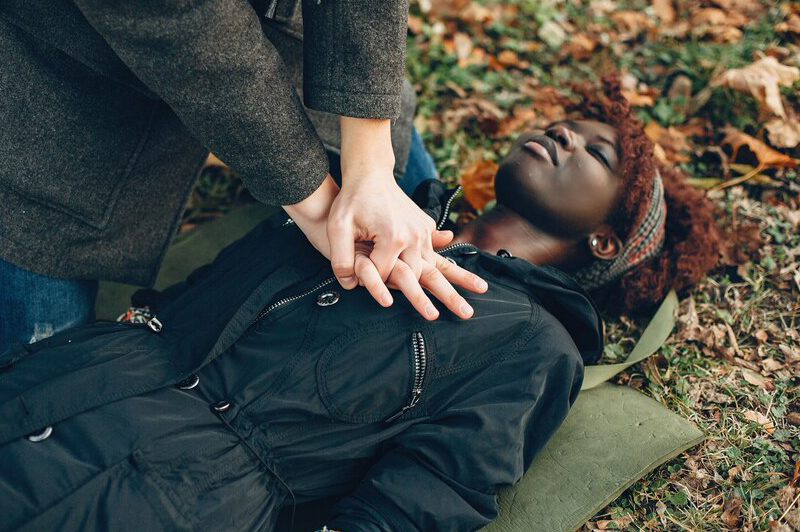
Essential Guide to CPR and Lifesaving First Aid
Cardiopulmonary resuscitation is a lifesaving procedure that is done when someone’s heartbeat has stopped or they are not breathing, like in cases of heart attacks or near drowning. This is a quick, easy-to-understand guide about what to do if you find yourself in a situation where you have to use CPR in any case.
When CPR Is Needed Your help in performing CPR is needed immediately if:
The person is not awake. The person is not breathing, is gasping, or is having a respiratory arrest. The person has no pulse and, if possible, it can be. For children and babies: Give breaths if they are not breathing normally or it feels like their circulation may be compromised.
When CPR Is Needed Your help in performing CPR is needed immediately if:
The person is not awake. The person is not breathing, is gasping, or is having a respiratory arrest. The person has no pulse and, if possible, it can be. For children and babies: Give breaths if they are not breathing normally or it feels like their circulation may be compromised.